#restoration shaman
Text

I was playing WoW earlier tonight and had to go to Stormwind (the Capital of the Alliance for those unfamiliar) to do some stuff, and I was distracted by a level 30 warrior named, Cavillath! I did a couple circles around them and legit considered private messaging them being all: "Henry, is that you!" But I didn't, and they logged off a few moments after I noticed them.
(And yes, that blue dog is me! I'm in my Spirit Wolf form as a max level 70 Resto (healing) Shaman. I did blur my toon's name, and my guild name, cause awkward, and since I am the GM of my guild in retail WoW, and I don't need people messaging my guild members and officers telling them my Tumblr secrets. I had an issue with it in the past with my previous guild on Proudmoore, but luckily the officers in that guild knew me more personally. However, if you wanna talk WoW, I'll probably chat your face off!)
#henry cavill#henrycavill#WOW#WoW#World of Warcraft#Stormwind#Henry is that you??#Alliance#For the Alliance!#Restoration Shaman#Shaman#Resto Shaman
10 notes
·
View notes
Text
If I talk about how much I love CBT I don't mean cock and ball torture OR cognitive behavioral therapy
I'm talking about cloudburst totem
#cloudburst my love#ngl i dont think ive ever used hst in pve#i just love my cloudburst too much...#restoration shaman#resto shaman#world of warcraft#wow
7 notes
·
View notes
Text
twitch_live
It's Sunday, which means mythic prog night!! come hang out & vibe while i try to heal through mistakes
#wow streamer#wow resto shaman#world of warcraft#restoration shaman#resto shaman#mythic plus#twitch streamer#small streamer#chatting with viewers#chill vibes#small twitch streamer#twitch streaming#world of warcraft healer#world of warcraft streamer
0 notes
Text
Shadowlands season 3 results - m+, raiding, and RBGs
New WoW post on Kor'kron 501st!
Now that we’re a couple days into Shadowlands season 4, I thought I’d talk about how the last season ended. I successfully reached my three goals – 3k m+ rating, Ahead of the Curve, and the Vicious PVP mount.
Mythic+
I definitely spent more time on mythic+ than anything else in Shadowlands season 3. I ended the season at 3017 rating on my shaman.
Here’s the breakdown from raider.io. As we were…

View On WordPress
#ahead of the curve#Ahead of the Curve: The Jailer#battlegrounds#Carcinized Zerethsteed#Challenger II#discipline priest#Glory of the Sepulcher Raider#holy priest#Jailer#Keystone Hero#mythic+#priest#PvP#rated battlegrounds#RBGs#restoration shaman#Sepulcher of the First Ones#Shadowlands#Shadowlands Keystone Hero#Shadowlands Keystone Hero: Season Three#Shadowlands Season 3#shaman#Shimmering Aurelid#vicious war croaker#warcraft#world of warcraft#wow
0 notes
Text

I had to make a fiery mog for my Dark iron Dwarf.
My "Disciple of Ragnaros"
As always i hope you all enjoy.
4 notes
·
View notes
Text

Nobody cares but me but I'm rank 18 in a video game I enjoy and it makes me happy to see that I'm doing well because fuck I'm trying so hard
#me#adhd#wotlk classic#wow classic#games that i like#you might not like them and thats okay#we can still be friends#i play a restoration shaman and i am very good at it#which feels so good tbh because i love shamans#theyre so cool and i love them#also i play a tauren and im cowmmunist and its just a fun time all around#rank 18 in the world but rank 1 in my heart#my guild is called first try and we do not kill the boss on the first try and thats the joke#itll be like the 30th attempt and we kill the boss then unanimously through exhausted breath say “first try guys :)”#itll be the 30th attempt we finally kill a boss and then unanimously through exhausted breath say “first try guys! :)”
4 notes
·
View notes
Text
Literal vs Metaphorical Information
There will be times when you will have to discern whether the information you received during your soul retrieval journeys is literal or a metaphor for something else. If the meaning is not totally clear during your journey, ask that you be shown the meaning in terms that you will understand. Then engage in further inquiry to determine how the visions are relevant.
Here are a few other tips for understanding your visions:
Remember to be flexible rather than assuming that a vision will always have the same meaning.
Don’t be in a hurry to interpret.
Lean toward the simplest interpretation of the vision.
Other questions you may want to ask include:
What does the vision mean to you?
What was your first impression?
How did the vision make you feel?
How does the vision relate to your daily life, if at all?
What negative or positive associations are present with the vision?

From Curanderismo Soul Retrieval: Ancient Shamanic Wisdom to Restore the Sacred Energy of the Soul, published 2019; Erika Buenaflor (My Ko-Fi Here)
#Curanderismo Soul Retrieval: Ancient Shamanic Wisdom to Restore the Sacred Energy of the Soul#Erika Buenaflor#Religion & Magic#Quote
1 note
·
View note
Text
Close Call: Battling Havoc Demon Hunter and Restoration Shaman in WoW PvP
via IFTTT
View On WordPress
0 notes
Text
𝐌𝐀𝐆𝐈𝐂𝐊𝐀𝐋 𝐀𝐒𝐓𝐄𝐑𝐎𝐈𝐃𝐒
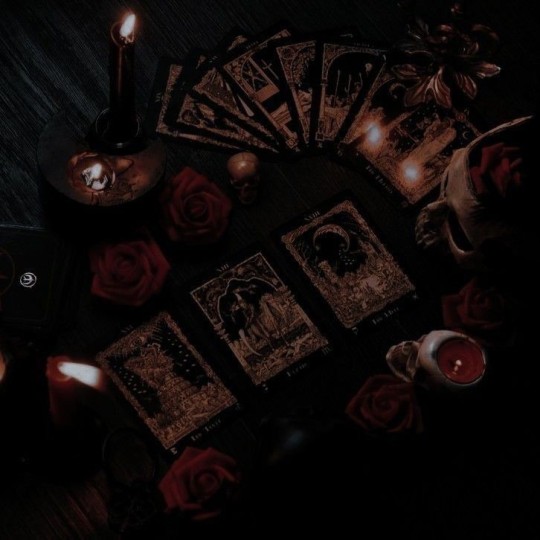

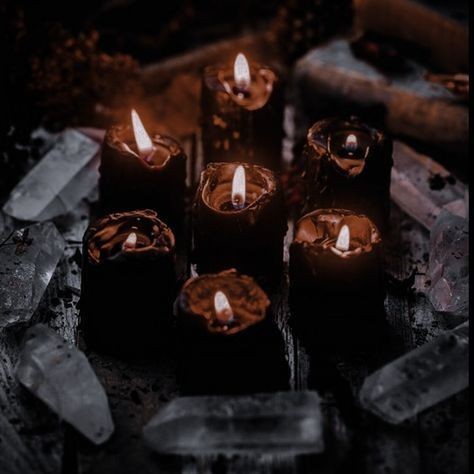

Erda (894) ~ Past life recollection, South node energy, the ability to see into the past. This asteroid is similar to Urda (167).
Circe (34) ~ Your magickal gifts, Where/How you isolate yourself to practice your craft. Your striking, and special qaulities. (This can show working with plants, and herbs!; I have this in my 12H, and it sits to close to my ASC.)
Magion (2696) ~ The Magician/ Mystic; One who knows how to work with magic. Depending of the sign can show what type of magic you're skilled in. For those of you who practice any kind of magic consistently, I recommend checking the Persona Chart for this asteroid!
Celestia (10) ~ Heavenly one, connection to the cosmos / most high. Angel energy, and may have the gift of divine insight, and cosmic downloads. Keeper of cosmic wisdom. This asteroid somewhat reminds of the asteroid Akasha (5881).
Merlin (2598) ~ The Echantress/ Magician; Occcult Wisdom, Warrior energy, alchemy, majestic energies
Hypnos (14827) ~ The gift of dream sight, prophetic messages through dreams, the ability to Astral project. Dream magic/ Astral projection may be a very strong gift for you. If you have this in the 1st house please protect your energy. Most of the time these natives have very strong dreams. (I have this in my 1st house, and my dreams have always been very intense, and prophetic.)
Copy & Paste⤵
894,34,2696,10,2598,14827,167,5881


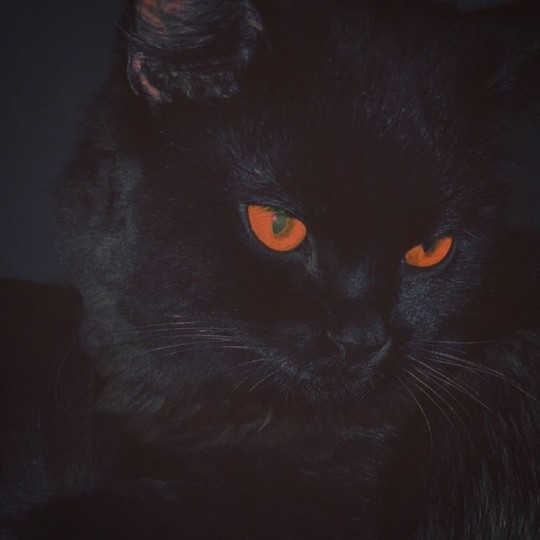


Cassandra (114) ~ The Seer; This asteroid represents intuitive abilities, and the gift of foresight. The saying for this asteroid is literally, "The one who goes unheard". Cassandra was a Greek priestess who worked under the God "Apollo". She had the ability to provide prophetic messages. This was very useful in Greek history. If you have this in the 1st or 10th house this could manifest as you having very strong and potent prophetic abilities but people may not believe you until it happens.
Telephus (5264) ~ Telepathy, the gift to connect to others minds, and break into the subconscious or conscious mind of others. The ability to know what others are thinking. Gifts with telekinesis. This can be a very great gift to have!
Anubis (1912)~ Necromancer, this reminds me of the death card. The gift of possessing very ancient knowledge of alchemy, you could easily work with chaos or dark energy. Transmuter energy.
Copy & Paste⤵
114,5264,1912


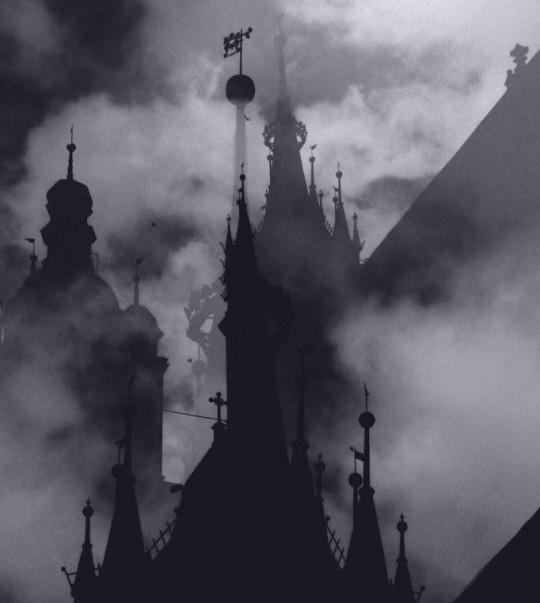


Pythia (432) ~ Oracle of Delphi; The Oracle/ High Priestess "one who can channel the word of god" The messenger. Divination, prophecy, & magic.
Medea (212) ~ The princess, The wise one; one who can work with herbs, holistic healing.(I've first hand seen a very powerful herbalist with this in their 10H! It was in pisces btw!/ conjunct their North Node!)
Deucalion (53311) ~ Divine Intervention, death, The passage of renewal, magic, manifestation.
Aesculapia (1027) ~ The Shaman, The Healers Journey; Herbs, healing, restoration, health, mystical, holistic healing, Naturalness.
Kaali (4227) ~ The Dark Mother; Kundalini Energy, The Cosmic Mother, One who see's all. Tantric and taboo energy, the height of transmutation energy, "The Left Hand Path", enchanting and creation energy (Love this asteroid so much, Kaali was one of the first dieties to reach put to me, and I have this ☌ my North Node!)
Copy & Paste ⤵
432,212,53311,1027,4227
Asteria (658) ~ Magick, Oracles of the Night, Stars, Practicioners, starseeds, vivid dreams, astrology, prophecy, dream Magick.
Sibyl (168) ~ A Woman Who Has The Gift Of Foresight; prophetess, witches, messengers of the gods. Oracles, divine messages, foretelling.
Hekate (100) ~ The Triple Goddess; dreams, cancerian energy, moon, ghost, keys, opening new doors, mediumship, Magick, dark goddess, the dark mother.
Black Moon Lilith (H21) ~ Magical, Dark Magick, chaos Magick, sex and tantric Magick, hypnotic energy, psychicism, shamanism.
Hades (h41) ~ The occult, darker magic, banishment Magick, the ability to transmute negative energy, karma.
Urania (30) ~ Astrology, muse of the stars, astronomy
(I have this is in my 10th/ ☌ Mc, and ⚹ ♆ 🤭)
Copy & Paste ⤵
658,168,100,H21,H41,30
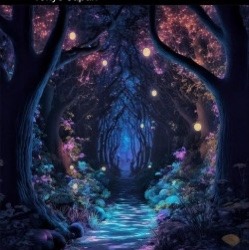


If you guys enjoyed this, Lmk if you want to see a Part 2! Happy Spooky Szn! 🔮🪄 Til' next time....𝓴𝓲𝓼𝓼𝓮𝓼 𝔁𝔁

𝕯𝖎𝖛𝖎��𝖊 𝕯𝖊'𝕷𝖚𝖝𝖊
ℭ𝔥𝔢𝔠𝔨 𝔗𝔥𝔦𝔰 𝔒𝔲𝔱!

©𝓟𝓻𝓮𝓽𝓽𝔂 𝓒𝓪𝓻𝓪𝓶𝓮𝓵
#Spotify#astro community#astrology posts#pretty caramel#astro notes#astro observations#astro posts#natal chart#astro placements#asteroid#asteroids#astro#astrology#astro thoughts#astrology content#astrology community#astrology blog#astro content#astro chart#astrology chart#astro natal#birth chart#astro blog#asteroid observations#asteroid astrology#astroblr#divine deluxee#caramel de'luxe#ascendant#astrology tumblr
531 notes
·
View notes
Text
Stone Turtle of Karakorum, Mongolia, c. 1235-1260 CE: this statue is one of the only surviving features of Karakorum, which was once the capital city of the Mongol Empire
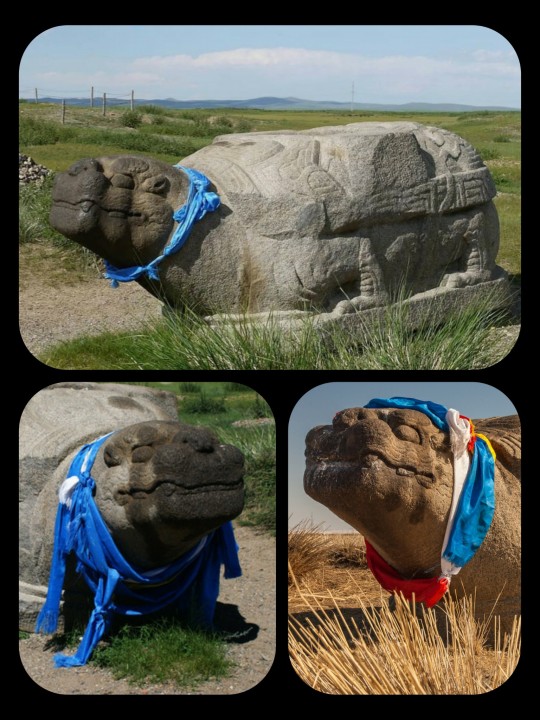
The statue is decorated with a ceremonial scarf known as a khadag (or khata), which is part of a Buddhist custom that is also found in Tibet, Nepal, and Bhutan. The scarves are often left atop shrines and sacred artifacts as a way to express respect and/or reverence. In Mongolia, this tradition also contains elements of Tengrism/shamanism.
The city of Karakorum was originally established by Genghis Khan in 1220 CE, when it was used as a base for the Mongol invasion of China. It then became the capital of the Mongol Empire in 1235 CE, and quickly developed into a thriving center for trade/cultural exchange between the Eastern and Western worlds.
The city attracted merchants of many different nationalities and faiths, and Medieval sources note that the city displayed an unusual degree of diversity and religious tolerance. It contained 12 different temples devoted to pagan and/or shamanistic traditions, two mosques, one church, and at least one Buddhist temple.
As this article explains:
The city might have been compact, but it was cosmopolitan, with residents including Mongols, Steppe tribes, Han Chinese, Persians, Armenians, and captives from Europe who included a master goldsmith from Paris named William Buchier, a woman from Metz, one Paquette, and an Englishman known only as Basil. There were, too, scribes and translators from diverse Asian nations to work in the bureaucracy, and official representatives from various foreign courts such as the Sultanates of Rum and India.
This diversity was reflected in the various religions practised there and, in time, the construction of many fine stone buildings by followers of Taoism, Buddhism, Islam, and Christianity.
The prosperous days of Karakorum were very short-lived, however. The Mongol capital was moved to Xanadu in 1263, and then to Khanbaliq (modern-day Beijing) in 1267, under the leadership of Kublai Khan; Karakorum lost most of its power, authority, and leadership in the process. Without the resources and support that it had previously received from the leaders of the Mongol Empire, the city was left in a very vulnerable position. The residents of Karakorum began leaving the site in large numbers, until the city had eventually become almost entirely abandoned.
There were a few scattered attempts to revive the city in the years that followed, but any hope of restoring Karakorum to its former glory was then finally shattered in 1380, when the entire city was razed to the ground by Ming Dynasty troops.
The Erdene Zuu Monastery was later built near the site where Karakorum once stood, and pieces of the ruins were taken to be used as building materials during the construction of the monastery. The Erdene Zuu Monastery is also believed to be the oldest surviving Buddhist monastery in Mongolia.
There is very little left of the ruined city today, and this statue is one of the few remaining features that can still be seen at the site. It originally formed the base of an inscribed stele, but the pillar section was somehow lost/destroyed, leaving nothing but the base (which may be a depiction of the mythological dragon-turtle, Bixi, from Chinese mythology).
This statue and the site in general always kinda remind me of the Ozymandias poem (the version by Horace Smith, not the one by Percy Bysshe Shelley):
In Egypt's sandy silence, all alone,
stands a gigantic leg
which far off throws the only shadow
that the desert knows.
"I am great OZYMANDIAS," saith the stone,
"the King of Kings; this mighty city shows
the wonders of my hand."
The city's gone —
naught but the leg remaining
to disclose the site
of this forgotten Babylon.
We wonder —
and some Hunter may express wonder like ours,
when thro' the wilderness where London stood,
holding the wolf in chace,
he meets some fragment huge
and stops to guess
what powerful but unrecorded race
once dwelt in that annihilated place
Sources & More Info:
University of Washington: Karakorum, Capital of the Mongol Empire
Encyclopedia Britannica: Entry for Karakorum
World History: Karakorum
#archaeology#history#anthropology#artifact#ancient history#mongol empire#mongolia#karakorum#middle ages#ancient ruins#art#turtle#bixi#ozymandias#poetry#mythology#genghis khan
152 notes
·
View notes
Text
Sometimes you are so sad you turn into a game construct, and that's ok
Part of the reason I love Hollow Knight is that you never know when a certain phenomenon is a part of the game's actual lore or simply a gameplay convenience, but most of the time it's up to you to decide anyway. Like, yeah, I know that looking too much into what should be just a game mechanic and/or a simple animation effect makes you more of a clown than a lore master, but, honestly, at this point the entire fandom wears rainbow wigs and squeaky red noses in order to forget about the pain of no Silksong, so no one has the right to stop me from having fun with some observations I made and how they might be intentional lore pieces. So yeah, what I'm trying to say is that this theory might be a bit of a stretch, but I think it's neat, so I'm gonna post it anyway.
Now, here's the question: what do you think these two have in common?


Both are very sad because they lost someone who was close to them.


2. Both give the Knight a Mask Shard when they die.

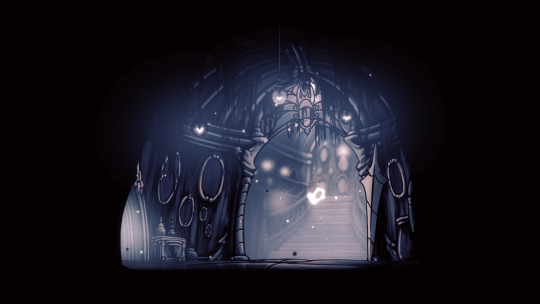
My theory here is that these two things are connected.
Now, Mask Shards are weird, lore-wise. The locations where they are found don't always... make much sense. Like ok, aside from the two that I mentioned above, we have ones that are found on top of ancient black statues — this implies that those shards are connected to (and probably were made by) the Ancient Civilisation.


We also have some shards that we get from various NPCs (Sly, Bretta, Seer) — those also make sense, since there's nothing wrong with those weird bugs possessing some ancient artifacts. But then we have Mask Shards that just kinda... float there.


No ancient pedestals. No reason to suggest someone actually owned them. No reason for them to be there aside from the game wanting to reward the player for something.
This is also true for some of the Vessel Fragments.
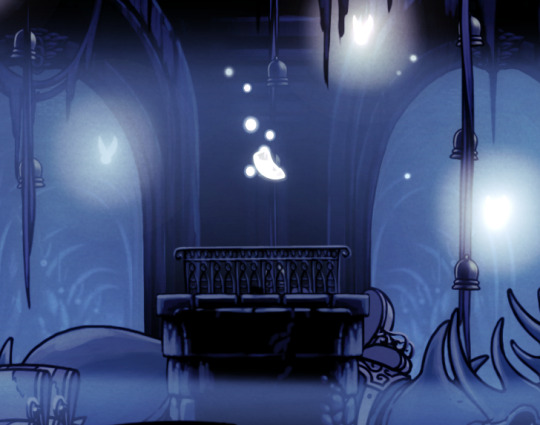

Although the fountain one is exceptional. The fragment is actually a part of the Pale King's statue, but it detaches once the needed amount of geo is reached. It looks like this statue actually 'gives' it to the Knight once it puts enough geo in the fountain. It could be something that has to do with PK's magic, or with the whole 'sacrifice' theme that's going on with him. Anyway, it's not hard to come up with an explanation for how that one works. What is more interesting is how these shards and fragments are created.
Because apparently this mf can just materialize them out of thin air.

Now, I KNOW this is probably just a nice animation to emphasize how cool of an award a mask shard is, but it also wouldn't be much of a stretch to say that what happens here is Grubfather actually manipulating Soul to create this shard for the Knight. I mean, Grubs do possess some sort of 'holy strength' that was never properly explained to us (that's why I'm hoping to see some grubs in Silksong), and one of the two charms created from their power is something that straight-up gives the Knight extra Soul. If we don't count the Shaman charms, which were used only to extract and use Soul more efficiently, the only other charm that does that is Kingsoul, the embodiment of the union between two Pale Beings. So yeah, the Grubs are totally OP, and Grubfather probably does create a Mask Shard out of Soul here.
Which only proves the fact that both Mask Shards and Vessel Fragments are made out of Soul. I mean, come on, the Knight literally consumes them just like it consumes each of the spells and the Soul of its enemies, AND it takes Soul to restore broken masks. I think it's safe to assume that those ancient masks that the Knight is using to strengthen its shell are made out of Soul, or at least some material that is heavily tied to Soul in some way.
Another fact is that those masks and vessels have big connections to the Ancient Civilisation. Aside from the obvious things like the fragment/shard statues that I mentioned earlier having clear similarities to the Soul totems, there's this whole thing with the engravings on those masks and vessels having a bunch of connections with magical secrets of the Ancient Civilisation...

What I'm getting at here is that the bugs of the Ancient Civilisation probably knew the secrets of manipulating Soul and used those secrets to create masks (for protection) and Soul Vessels (for containing Soul), as well as Soul Totems. It means there is a way a Mask can be created out of Soul, aside from what we see the Knight do when it heals (which is an interesting process, btw - when a mask breaks, the Knight can restore it using Soul, but it can't create new masks to have infinite HP, so the masks it collects must have unique properties that prevent them from being completely destroyed and instead allow them to be recovered after breaking). And maybe that process was already shown to us.

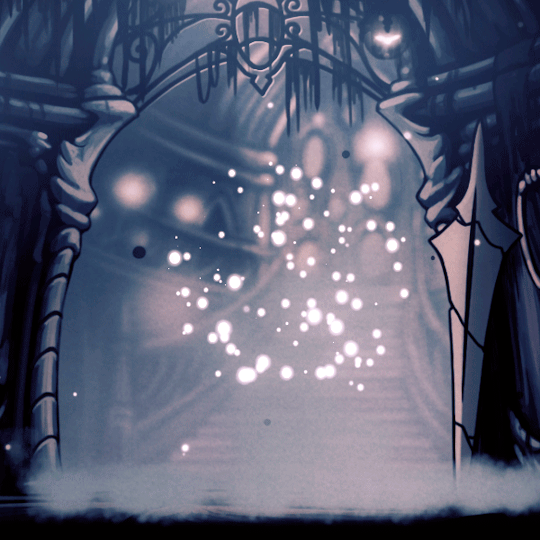
Ok, now I'm actually talking about my theory again. See, the reason I think there's more to these two moments than just a simple reward being given to us by the game is because there's some overlapping philosophical (symbolical?) motifs that connect Brooding Mawlek and Grey Mourner AND possibly give us a glimpse into the secrets of Soul discovered by the Ancient Civilisation. I'm talking about what Soul itself might represent as a sorta metaphysical concept (I don't know how to say that properly... Just bear with me pls).
In the world of Hollow Knight, there are many philosophical concepts that give depth to the nature of various in-world phenomenons. For example, the Void is heavily tied to regrets, perhaps dark memories that keep us from moving forward. That's why it makes sense that, ultimately, Pale King faced his demise at the hands of the Void - he sacrificed thousands of his own children in order to save Hallownest and failed anyway, so there is no way he could avoid (pun intended) being overwhelmed by his regrets about this whole thing.
The Soul is the power that contrasts the Void.

It's implied by Jiji that, when the Knight leaves behind its Shade, it starts to drain *hope* from it.

This line was probably left there to explain this game mechanic:
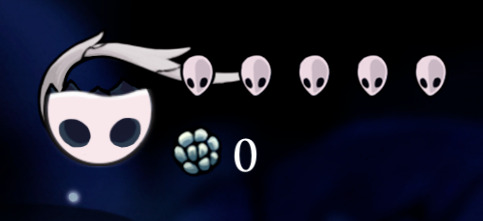
When the Knight dies, it can no longer fill its Soul meter to the full, until it finds and defeats its Shade. This implies that Soul represents *hope* in contrast to the Void representing regrets.
If we accept this assumption, we can see that it makes sense how:
The White Palace is shown as a beautiful, calm, hopeful place despite it being filled with thorns and sawblades (that might or might not be a metaphor for the PK's pain of trying to hide his mistakes and regrets).
The shamans' dying thoughts are often their last hopes of being free, being heard etc.
The Soul is literally what gives the bugs' bodies the energy to move.
I feel soulless when I wake up at 7 a.m.
All things considered, it's easy to see how Soul is something that might represent such things as hope, motivation, faith - all those feelings that make a person feel whole.
And when the fate forces someone into situations where those things are lost, their inner self breaks. When something separates us from our loved ones for a whole eternity, leaving us as lonely, empty shells of our former selves, our soul hardens.
We already know that masks in this game directly correspond to the person's self, their ability to define themselves as who they are. A mask is literally the core of the person's mind.
And when a person breaks, when their hope becomes eternal sadness, when the essence that animates their body becomes a solid rock, their mind shatters, leaving only a single shard of what should have been a whole mask.
Perhaps, something like that also happened to the bugs of the Ancient Civilisation? Or maybe they found a way to control that sadness, just like they found a way to manipulate the power of regrets? They look like a bunch of cool goth bugs, so I wouldn't be surprised if that was their thing.
TL;DR: ancient masks that the Knight uses are made out of Soul, and Soul is a power that represents hope. When a person experiences a feeling of strong loneliness and hopelessness, their mind literally breaks, and their Soul literally hardens, resulting in the creation of Mask Shards. The bugs of the Ancient Civilisation might have known this.
Kinda edgy.
I like it.
#hollow knight#hollow knight theory#hollow knight lore#silksong#grey mourner#brooding mawlek#grubfather#mysterious ze'mer#hollow knight ancient civilization#hollow knight masks lore
112 notes
·
View notes
Text
I am actually writing a little "teens learning about magic" project thing because honestly it's a fun concept, but I think a "magic school" is perhaps the worst way to do it.
Historically, esoteric knowledge was usually passed down in extremely small groups, like a master-student relationship (my main character is an alchemist's apprentice, for example) or very closed groups. And it was never standarized like a school curriculum. Everyone kept their secrets and their truths close to them, that's where the "eccentric hermit wizard locked in his tower" trope comes from. A school or even college system goes against that, because it means that magical knowledge is open and standarized, like physics or biology, and thus no longer esoteric.
And to me at least, it's not that magical anymore. Sure you can do cool magical stuff, but the mystery that makes it magic is gone. It eventually becames that "game" magic that I fucking hate, the sort of dialogue that is like "I cast a Spell Of Cure Light Wounds To Restore 2d+4 HP XDXDDXDXDDXDX", that's fine on a D&D session but it sucks if you're writing a fantasy work. If magic is a science with standarized technological results, it's no longer magic.
In my opinion, it should be mysterious, it should be mystic, you shouldn't feel in control of it, and ESPECIALLY, you should feel that something magical is something beyond your natural understanding. This is one anthropological definition of the supernatural: things beyond our understanding, something so powerful and incomprehensible that we can only grasp it through supernatural thinking. If anyone can just summon fireballs in command and it costs "mana" like it's a machine that consumes fuel, that's just crap.
Someone who uses magic, in my opinion, should be someone who also accesses, by study, by being chosen, by accident, to something that is beyond terrenal understanding, with all that implies. A wizard, a shaman, a sorcerer, a witch, not a professor. So no, not the kind of thing you can teach at a standarized school system.
#cosas mias#fantasy#magic#worldbuilding#EVEN if so many of the things I study are quite esoteric indeed
187 notes
·
View notes
Text

Feelsgoodman
2 notes
·
View notes
Text
i need way too many aspect crests - pugging 16+ keys!!
twitch_live
#wow streamer#wow resto shaman#world of warcraft#restoration shaman#resto shaman#mythic plus#twitch streamer#small streamer#chatting with viewers#chill vibes#small twitch streamer#twitch streaming#world of warcraft healer#world of warcraft streamer
0 notes
Photo

Germ Theory
The Germ Theory, which emerged in the late 19th century, demonstrated that microscopic germs caused most human infectious diseases. The germs involved included bacteria, viruses, fungi, protozoa, and prions. Louis Pasteur (1822-1895), a French chemist and microbiologist, and Robert Koch (1843-1910), a German physician and microbiologist, are credited with the discovery of the germ theory in the 1860s-1880s.
Regarded as the most important discovery in the history of medicine, the germ theory challenged the medical profession to reevaluate how disease was thought about, offered possibilities for both the prevention and treatment of disease, as well as the discovery and implementation of new technologies to combat disease.
Previously, doctors assumed that disease was an internal process of the human body especially Hippocrates' long-standing four humors theory notion that excesses or deficiencies of four bodily fluids (blood, phlegm, yellow and black biles) led to illness and disease. The germ theory contradicted that idea by separating the disease from the afflicted persons. Furthermore, the new theory ushered in a regimented way of classifying diseases (nosology) according to the type of microorganisms causing the disease.
Historical Theories of Disease
Prior to the discovery of the germ theory, various theories were advanced as possible explanations for illness and disease in humans. The earliest theory was the miasma theory attributed to Hippocrates (460-370 BCE), a Greek physician. Derived from the Greek word meaning pollution or "bad air", the miasma theory suggested that decomposing particles from organic materials, plants or animals, poisoned the air. Although easily detected by smell, people who inhaled the "bad air" would become ill. Additionally, planetary movements, disturbances to the Earth, poor hygiene, and polluted water often contributed to miasma. Attempts to remove waste along with cleanliness were thought necessary to improve the atmosphere to avoid infection and disease.
Aristotle (384-322 BCE), a Greek philosopher, offered the spontaneous generation of disease. It was possible, Aristotle thought, for living organisms to spring from non-living matter. Furthermore, this process, like maggots appearing from dead flesh, was a regular and natural phenomenon.
Galen (129-216 CE), a Roman physician, extended Hippocrates' earlier speculation about the imbalance of bodily fluids as the cause of disease. Galen attached each of the four humors to a particular season characterized by hot, cold, dry, and wet. For example, colds and flues occurred most often during cold and wet weather. Any change in the weather or season could upset the balance of the four humors so treatments were devised to restore said balance e.g., purges, bloodletting, enemas, and vomits. These ancient theories dominated Western medical thinking about illness until the 19th century.
Another theory of the origin of diseases referred to supernatural causes. A person's sins resulted in contracting a disease or illness as a punishment from the gods or God. Ghosts, demons, and evil spirits also possessed the ability to afflict a person with illness. Magic, divination, spells, exorcism, and various drugs were used to diagnose and treat illness. It fell to a variety of healers – shamans, priests, diviners, medicine men – to drive away the evil spirits. Illness as a punishment for sins, as well as a test of faith, was later offered by Christian theologians as an explanation for disease.
Additional theories on the origin of diseases continued to emerge. Girolamo Fracastoro (1476-1553), an Italian physician, is credited with first using the word "contagion" when describing the transmission of illness. His "seeds of disease" theory argued that disease could be spread by direct or indirect contact or over long distances through no contact at all. A German chemist, Justus von Liebig (1803-1873), one of the early founders of organic chemistry, suggested that as a result of a chemical process from decaying organic matter, disease simply emerged in the blood (the body's "chemical factory").
Continue reading...
31 notes
·
View notes
Text

Here's another fabulous mog for you all.
6 notes
·
View notes